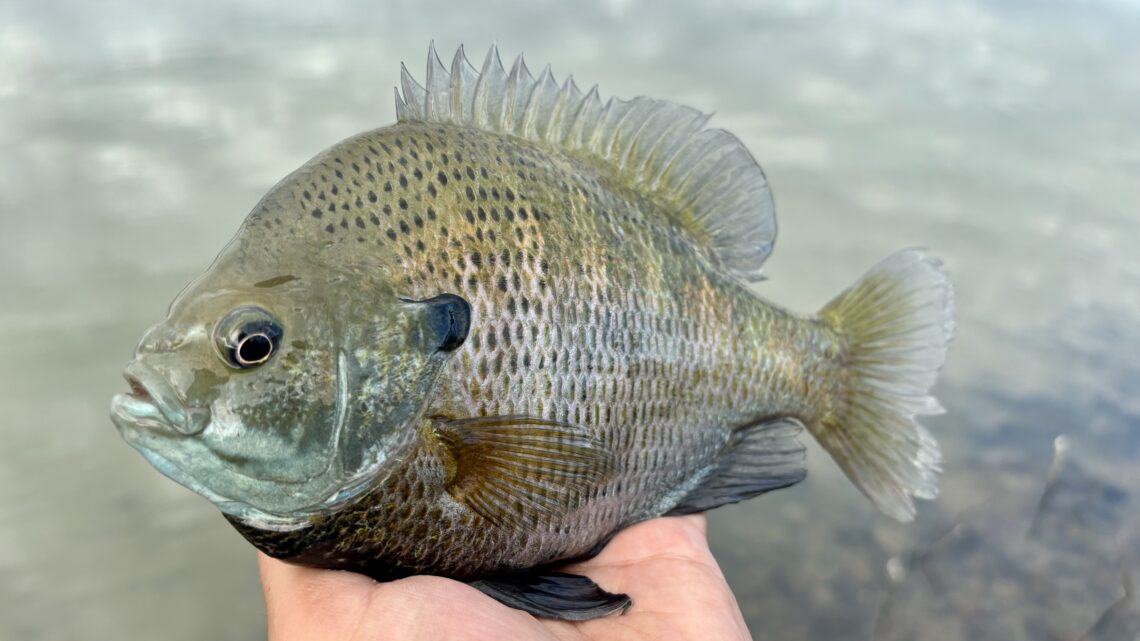
Tight Lines 208 is dedicated to helping people become better anglers through education. The Cram Session is designed to give readers a crash course on a specific fish species or local fishery. Want to see a topic covered? Email tightlinesboise@gmail.com with your suggestion!
If you grew up in southwest Idaho—or many places throughout North America, for that matter—there’s a good chance the first fish you ever caught was a bluegill. These “little fish that could” are a popular target for young anglers because they are usually found in large schools, they are often aggressive feeders, and they fight incredibly hard for their size. I’ve often said if God made five-pound bluegills, anglers wouldn’t want to fish for anything else!
But bluegill have more to offer than entertaining the kids at the local pond. Our region grows some really nice fish, and they are super fun to catch—especially on ultralight spinning or fly gear! Let’s take a closer look at this fun and feisty panfish.
Bluegill are common throughout much of North America. They are members of the sunfish family and thrive in warm climates. They are also related to the largemouth bass, and those two species are almost always found in tandem. On average, bluegill live 7-8 years. In Idaho, a big one is anything 8-10 inches long (commonly referred to as “hand-sized”) and about a pound. The state record weighed 3.5 pounds, but that mark has stood for more than 50 years!
Bluegill provide a year-round fishing opportunity, but they are most active in spring and summer. In late spring, they come into the shallows—sometimes right next to the bank—to spawn. Their nests are almost perfectly circular, and they are usually found in large colonies that look like dozens of underwater elephant tracks. In fall and winter, bluegill move off to deeper water and feed primarily near the bottom. They can even be caught through the ice!
While bluegill are aggressive predators, they have very small mouths. This matters on two levels—it means they can only target moderate-sized prey like insects, larvae, worms and very small fish, and it also means anglers should size down to very small lures when targeting bluegill. Almost all of the bluegill lures in my box (primarily jigs, spoons and flies) weigh 1/16 of an ounce or less. If you’re using bigger gear, you’re likely missing fish because the hook won’t fit in their mouths.
In our region, bluegill are most commonly found in local ponds and small-to-medium lowland lakes. C.J. Strike Reservoir is the largest local fishery with a strong bluegill population. Bluegill make good eating, so if you find a school of hand-sized fish, keeping a few for the frying pan is a quality option.
If you want to learn more about catching bluegill—along with crappie and perch—check out my upcoming fishing class, Panfish School, happening July 11 at Idaho Rod and Reel. Tight lines!